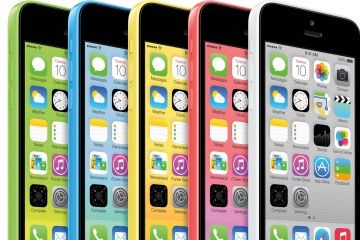Scientists have studied haptics for decades, and they know quite a bit about the biology of touch. They know, for example, what kind of receptors are in the skin and how nerves shuttle information back and forth between the central nervous system and the point of contact.
As a field of study, haptics has closely paralleled the rise and evolution of automation. Before the industrial revolution, scientists focused on how living things experienced touch. Biologists learned that even simple organisms, such as jellyfish and worms, possessed sophisticated tactile feedback systems.
In the early part of the 20th century, psychologists and medical researchers actively studied how humans experience touch. Appropriately so, this branch of science became known as human haptics, and it revealed that the human hand, the primary structure associated with the sense of touch, was extraordinarily complex.



